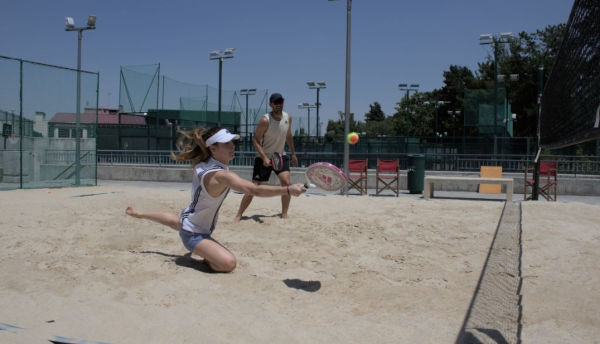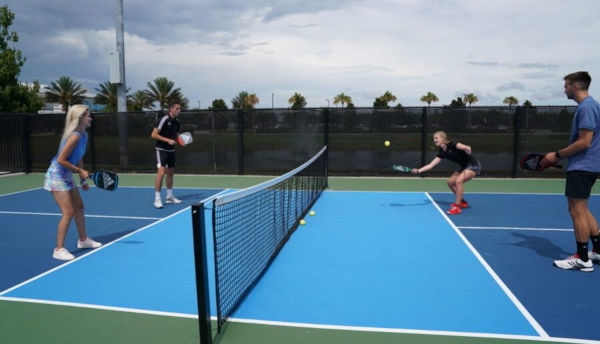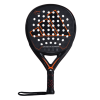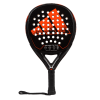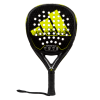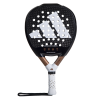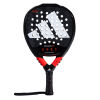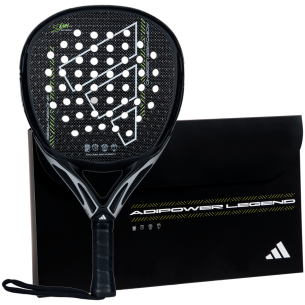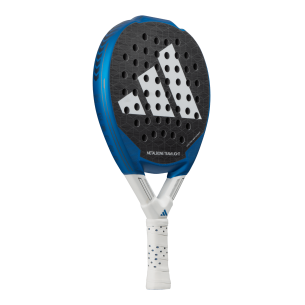
How to analyse the rival in the warm-up?
In all sports, information is power. In padel, knowing the characteristics of the court, the state of the balls, or the strengths and weaknesses of our playing partner are aspects that can make a difference. But there is also another factor we should take into consideration: what can we expect from our rivals? The warm-up in padel is not only used to start the match in prime condition - it’s also used to assess the rival pair.
In this article, with the help of the adidas coach, Rafael Guerrero, we will learn how to analyse our opponents before the first serve. The warm up is actually a key role in how the match plays out because of the information we can gather. Let's see to what extent.
"At first, it is not easy to acquire this habit, but the more experience you get, the more you will be able to apply a technical eye and see what the opponent is like," says Guerrero. It is, therefore, an increasingly useful practice as we progress in our development on court. The more you understand padel, the more you can glean from the opponent before starting.
Physical aspect: The first glance
The way we analyse our opponents can be divided into two parts. The first is faster to perform and can largely be done by taking a first look at the other side of the net. It is based mainly on what concerns the physical. The fundamental aspects to focus on are, according to Rafael Guerrero, "height and physical condition". These two simple pieces of information can already tell us what hitting capacity each player will have. You’ll also be able to see what hand they hold the racket with, and know more or less what to expect as a result.
We can also see aspects that we will have to confirm later during the warm-up or in the match. For example, the way of holding the racket, the body posture, or even the equipment the player uses can help to deduce the level that they have on the court.
The first shots give us a clue
The warm-up is the moment in which the second level of analysis begins. This phase can give us much more information, apart from confirming what we may have analysed from the first appearance.
Our adidas monitor summarises this moment in a simple way: “it is about carefully observing the behaviour of the rival pair from the moment we have the first contact with them”. To draw any conclusions "we must take into account that it is necessary to develop a sufficient base" during the warm-up, Guerrero points out. And he adds: "you have to exchange rallies with and without a wall, slow and fast, short and deep rallies..."
And once we have enough material to base our analysis on, what do we pay attention to? The adidas coach gives us a list of game parameters to look out for during the pre-match exchange.
Regarding the position on the court, from the outset, he asks us to observe "what their movements are like, if they are fluid or not". Also, "where do they feel more comfortable: at the net or toward the back of the court". And importantly, "how is the relationship between the pair and if they get along well". All this information helps us to know if we can easily generate instability, making them move around the court and to which area we should take them to do them more damage.
Regarding technique, beyond assessing the general level of play, you have to keep an eye on some issues. To begin with, "if they have a favourite shot" or if, on the contrary, they avoid others. “Do they use more flat or spin shots?” And, in the case of playing effects, do they "overuse" them? A determining factor is to see "how well they handle the walls", key in our sport.
All these details give us a quick mental report of what our adversary is good at and what is not. And, logically, what should we look for during the development of the game and what other things should we avoid. What we observe in the warm up is key and it is up to us to take advantage of it. We end with a certainty that Rafael Guerrero raises. The previous analysis of the rival "will improve our performance in the matches we play, whatever the level they are".


